Product Description
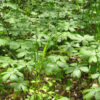
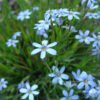
Polygonatum biflorum – Solomon’s Seal
Native/Non-native – Native
Hardiness Zone – 3-8
Sun – Partial shade to full shade
Moisture – Moist to wet
Size – 1-3' tall x 1-1.5-1' spread
Comments
* Colonizes by rhizomes
* Greenish white blooms in April-May
Description
Common Name: Solomon’s seal
Culture
Easily grown in average, medium to wet, well-drained soil in part shade to full shade. Prefers moist, humusy soils. Slowly spreads by rhizomes to form colonies in optimum growing conditions.
Noteworthy Characteristics
Small Solomon’s seal is a rhizomatous, upright, arching, Missouri native wildflower which occurs in rich woods throughout the State. Typically grows in a mound to 1-3′ tall on unbranched stems. Small, bell-shaped, greenish yellow flowers (usually in pairs) on short pedicels dangle in spring from the leaf axils along and underneath the arching stems. Flowers are followed by blue-black berries in autumn. Conspicuously parallel-veined, alternate leaves (to 4″ long) are smooth on both sides and turn an attractive yellow in fall. Starchy, edible rhizomes were formerly used by early Americans as a potato-like food. Common name is usually considered to be in reference to the large, circular seals (leaf stalk scars) located on the rhizomes. However, Edgar Denison suggests that the name actually refers to “wound sealing properties” of the plant.
Problems
No serious insect or disease problems.
Garden Uses
Best in woodland gardens, wild gardens, naturalized areas or native plant gardens. May be used in partially shaded borders or rock gardens. Good with astilbe and ferns.





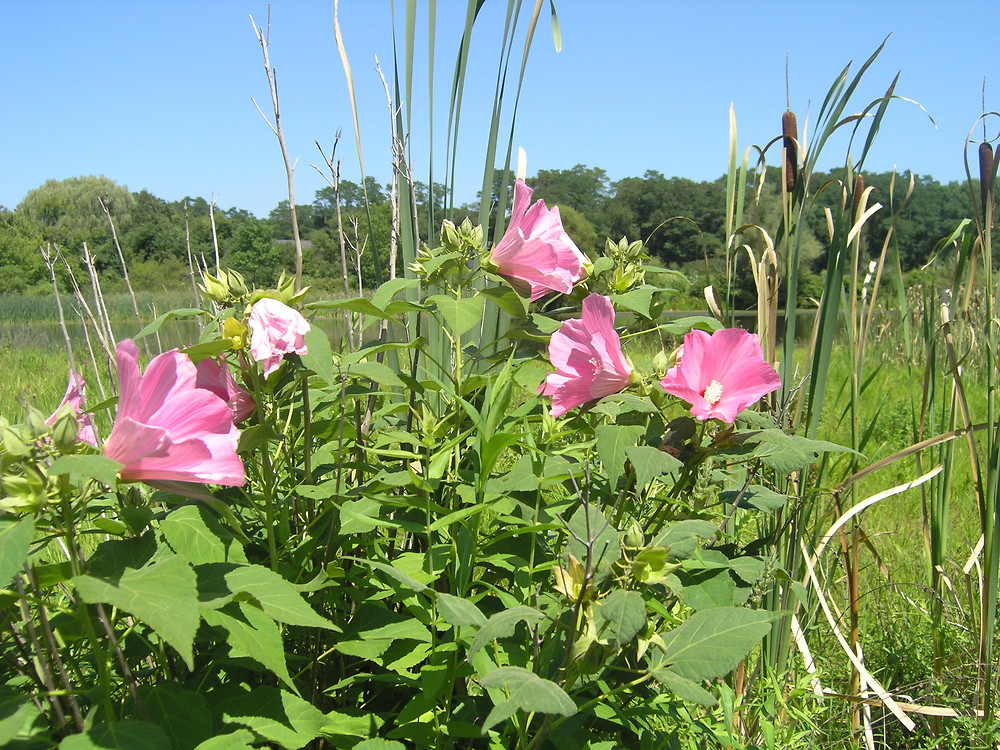
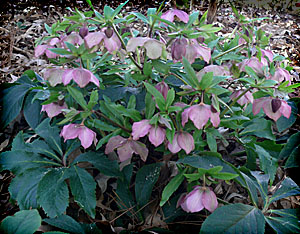


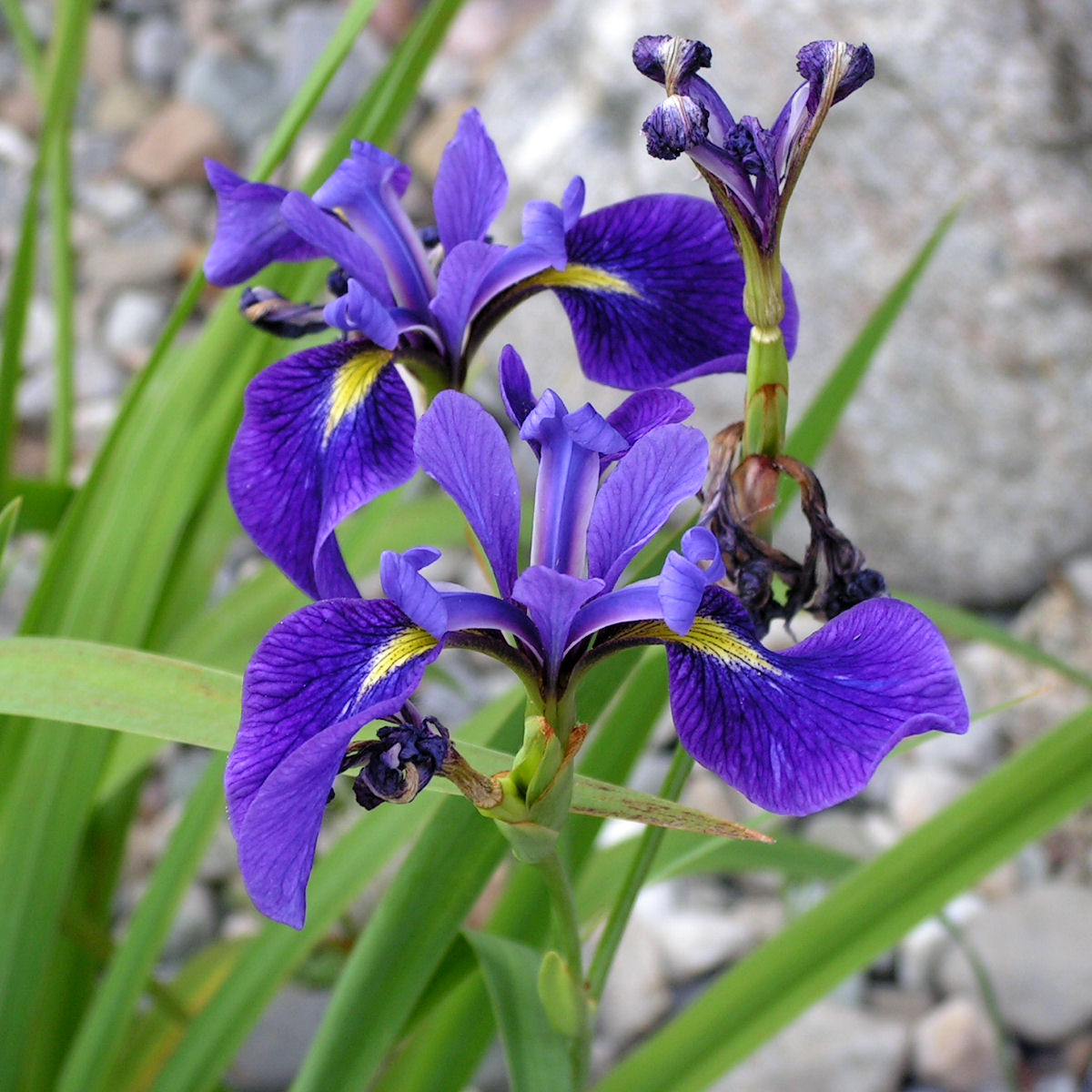

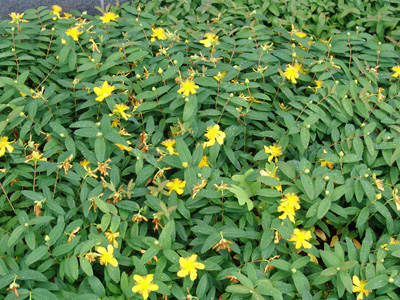


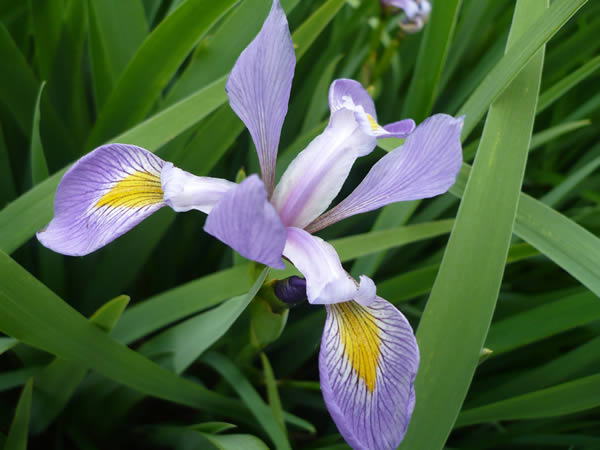
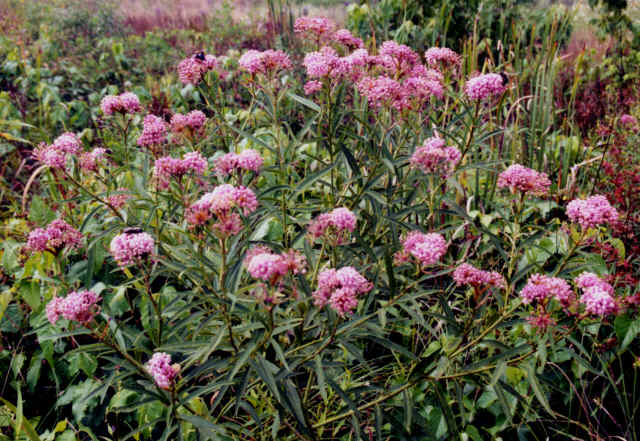


Reviews
There are no reviews yet.